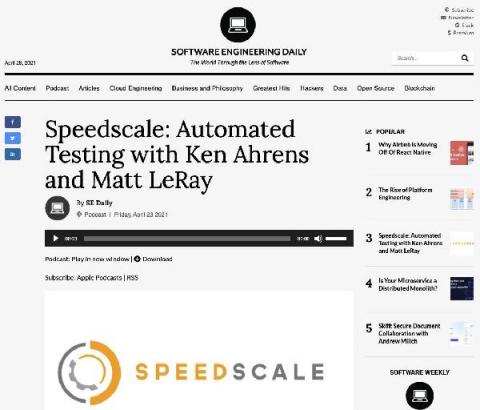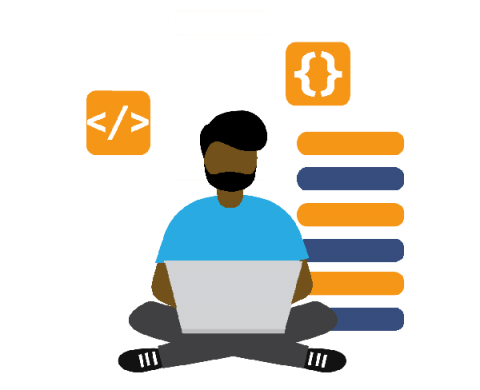Operations | Monitoring | ITSM | DevOps | Cloud
Speedscale
Replay Single Transactions for Root Cause Analysis
Speedscale was built primarily to provide engineering teams with better insight into their applications over time, replaying single transactions for root cause analysis that give developers and SREs confidence that tomorrow’s application code will work just as well in production as it did yesterday.
Testing in Production: How Did We Get Here?
Testing in production simply means testing new code changes in production, with live traffic, in order to test the system’s reliability, resiliency, and stability. It helps teams solve bugs and other issues faster, as well as effectively analyze the performance of newly released changes. Its overall purpose is to expose problems that can’t be identified in non-production environments for reasons that may include not being able to mimic the concurrency, load, or user behavior.
Out with GraphQL, in with gRPC
At Speedscale, we’re always trying to find ways to iterate faster and reduce developer toil. In line with that mission, we slant our engineering decisions towards using cutting edge tech because we usually move faster and it also allows us to help our customers later on when they upgrade their own tech stack. Recently, we had the opportunity to upgrade the communication channel between our api-gateway and react front end. This journey provided some unexpected benefits.
Software Engineering Daily Podcast
Large portions of software development budgets are dedicated for testing code. A new component may take weeks to thoroughly test, and even then mistakes happen. If you consider software defects as security issues then the concern goes well beyond an application temporarily crashing. Although even minor bugs can cost companies a lot of time to locate the bug, resolve it, retest it in lower environments, then deploy it back to production.
Empowering Founding Engineers
Massive tomes have been written on engineering management, but I thought it might be helpful to take a brief minute to discuss setting up your Founding Engineers (FE) for success. For this post I define FEs as the first wave of engineers hired after the founding team. This round of hiring usually takes place after seed funding has been secured and some semblance of initial product/market fit has been achieved.
SpeedChat #002: Shift-Left vs. Shift-Right Throwdown - Nate Lee & Ken Ahrens
SpeedChat: Shift-Left vs. Shift-Right Throwdown
Speedscale ‘SpeedChat’ Episode 2: Shift-Left vs. Shift-Right Throwdown featuring Nate Lee (Founder, Speedscale), Ken Ahrens (Founder, Speedscale) and Jason English (Principal Analyst, Intellyx).
Speedchat #001 "Dogfooding and Software Product Management" w/ Leonid, Matt - March 2021
SpeedChat: Product Management and Eating Dog Food
Speedscale ‘SpeedChat’ Episode 1: Discussing software product management, ‘dogfooding’ and scaling quickly for product/market fit without breaking things.










